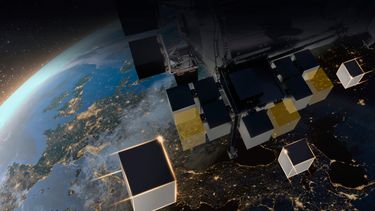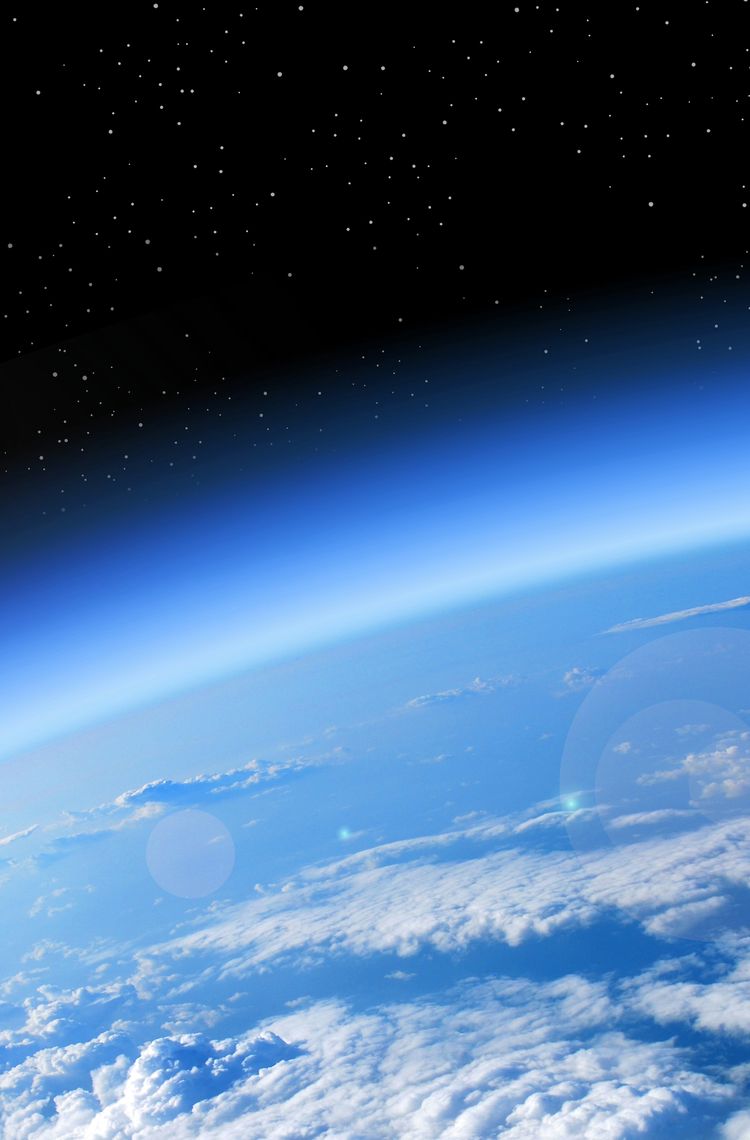Being able to manufacture and assemble objects in space using 3D printing and in-orbit robots may sound like pure science fiction – but these game-changing techniques are set to become reality…and Airbus is making it happen.
The company kicked off its in-space manufacturing and assembly (ISMA) activities four years ago, a reflection of the disruptive thinking currently taking hold in the global space industry. Among Airbus Defence and Space’s key breakthroughs so far is development of Metal3D – the first-ever metal 3D printer to be deployed to space, in a project co-funded by the European Space Agency (ESA).
"The next decade will see significant change in the space business,” explained Christophe Figus, the ISMA Roadmap Owner at Airbus Defence and Space. “Companies that master in-orbit manufacturing and assembly will win the future."
Manufacturing and assembling objects in space has significant advantages over the traditional approach – where everything is produced on Earth and subsequently transported to space. For example, objects manufactured/assembled in space are not constrained by the size of a launch vehicle, nor must they be “over-designed” to withstand rigorous launch conditions.
“Companies that master in-orbit manufacturing and assembly will win the future.”
Christophe Figus, ISMA Roadmap Owner, Airbus Defence and Space
ISMA activities are now in full swing at Airbus. A transnational robotics team is developing the company’s robotic capabilities, exploring how best to carry out in-orbit servicing in the future. This year, the team will deliver their boundary-breaking metal 3D printer that will one day go to the International Space Station and they are targeting European projects to achieve in-orbit demonstration of in-space manufacturing the following year.
When automation technologies go to the ISS
The ISMA team's work covers three main areas. The first is manufacturing via 3D printers, which can use metal, and later regolith (Moon dust), or recycle manmade objects already in space as source material to print new parts. Examples include radiation shielding, tooling, equipment, rovers and habitats. By the end of this decade, printers could be deployed on the Moon to make structures for a rover or lunar habitat.
The second area is in-space assembly, which can be used to create very large structures like antennas. This requires a high level of robotic operation, which is the third area. Control of robotic operations with virtual reality and visual serving for motion control is under development at Airbus robotic labs in Toulouse, Stevenage and Bremen to enable remote monitoring and control of future in-orbit operations.
Meanwhile the ISMA team is developing its own modular robotic arm and tools with the high level of accuracy required for such operations. The aim is to test this by placing a robotic facility on the ISS's Airbus-built Bartolomeo payload hosting platform by the mid-2020s, forming a “digital factory” in space.

From science fiction to scientific reality
The robotic assets could be used by other parts of Airbus, and the ISMA team currently is sharing its ideas with the Commercial Aircraft teams for on-ground assembly lines. Cooperation is also on the agenda with the Airbus team behind the ROXY study, which recently demonstrated that oxygen and metals can be produced from simulated Moon dust.
The spirit within the ISMA team itself is very strong. "It's a pleasure to work with such passionate and motivated people," added Figus. "We are driven by the will to achieve goals that have never been done before. When Europe becomes the first to 3D-print metal parts in space next year, this will demonstrate what a can-do approach can achieve."

